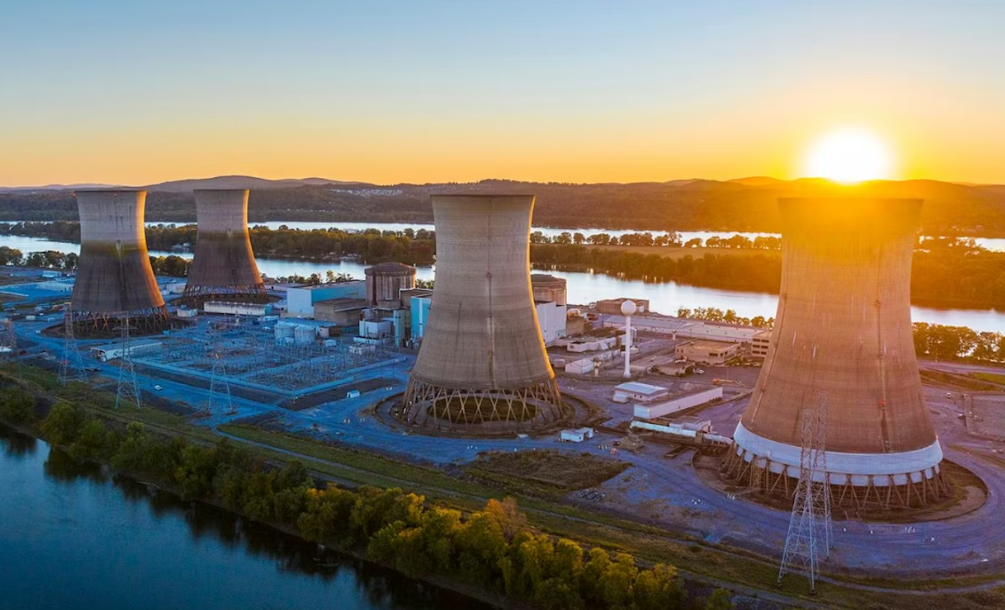The U.S. Department of Energy (DOE) has formally extended a US$1 billion loan to Constellation Energy via its Loan Programs Office (LPO) to support the restart of Unit 1 at Three Mile Island, now rebranded as the Crane Clean Energy Center in Pennsylvania.

(Image: Constellation)
This deal marks a milestone: it is the first time the LPO has simultaneously issued a conditional commitment and closed the financing on the same day — a sign of Constellation’s strong balance sheet, creditworthiness, and the administration’s strategic backing for the project.
The restart is not merely a revival of a dormant nuclear plant. Last year, Constellation signed a 20-year power purchase agreement (PPA) with Microsoft, under which the tech giant will procure electricity from the plant to power its data centers. This means the Crane Clean Energy Center’s return isn’t only about restoring low-carbon baseload power to the grid — it’s also deeply linked to the energy demands of AI-driven infrastructure.
The reactor is a pressurized water reactor (PWR) with an installed capacity of about 837 MW. It was shut down in 2019 due to economic unviability, and the estimated cost of its restart is around US$1.6 billion.
According to current planning, the unit is expected to resume power generation in 2027 (some reports mention 2028), supplying electricity into the PJM regional grid, which covers multiple states on the U.S. East Coast.
From DOE’s perspective, the loan helps reduce Constellation’s cost of capital, enabling the company to attract more private investment, while delivering “affordable, reliable, and secure” baseload power to the public grid. Meanwhile, Constellation is structured to guarantee the loan to protect taxpayer interests.
Strategically, this project aligns with the U.S. government’s broader goals of reinvigorating nuclear power and strengthening energy infrastructure. According to DOE leadership, the Crane Center’s restart will not only enhance grid stability but also provide sustained power to support energy-intensive technologies like AI.
On the operational side, the restart involves a full scale refurbishment: upgrading cooling towers, installing a new main transformer, refurbishing the turbine and generator, reloading nuclear fuel, and more. Constellation has already hired hundreds of workers, conducted infrastructure inspections, and initiated procurement of key reactor equipment.
Looking ahead, Constellation intends to apply for a license renewal, aiming to extend the plant’s operating life to at least 2054. However, the plan is not without its critics. Some voices raise concerns over long-term radioactive waste management, potential cost overruns, regulatory uncertainties, and safety implications.
This US$1 billion loan represents a significant strategic bet: a revival of a legacy nuclear plant to meet clean energy needs in an era of surging AI-driven power demand. It underscores how capital, technology, and policy are converging to reshape America’s nuclear energy landscape.